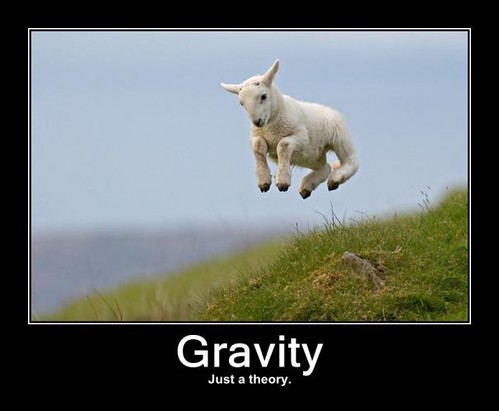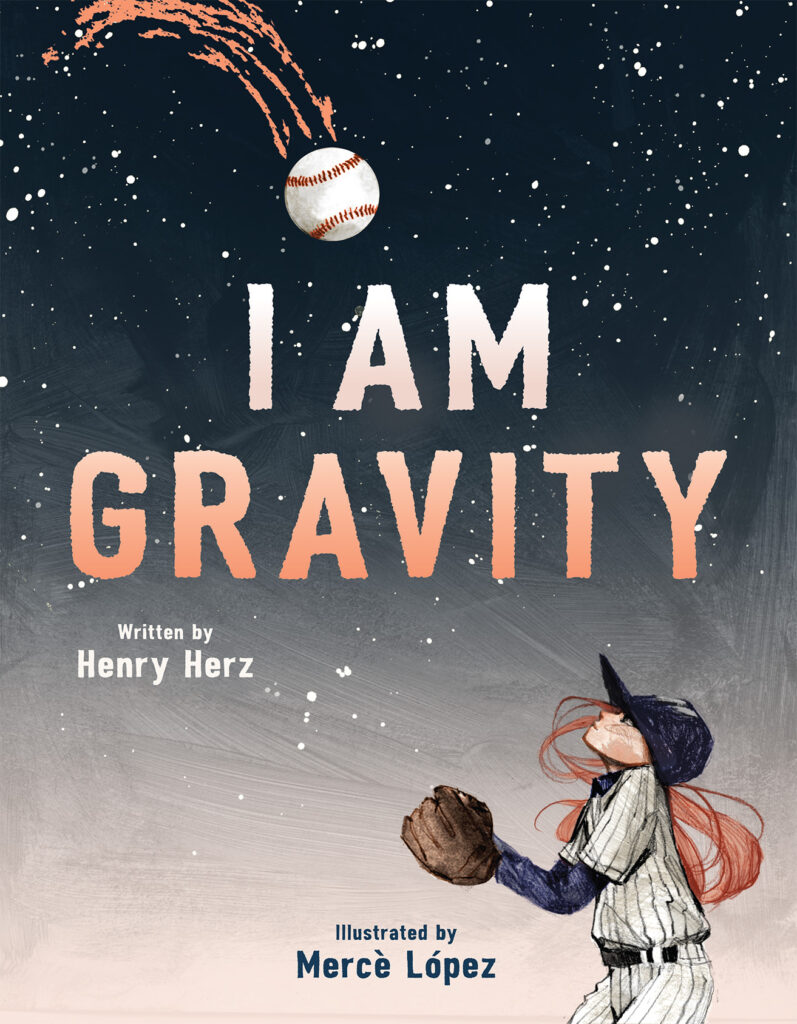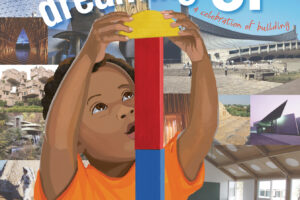GUEST BLOGGER HENRY HERZ
About gravity
What reaches everywhere and never tires? Pulling on feathers and galaxies alike? Holding the mighty Milky Way together? Gravity, of course! The picture book I Am Gravity is told in lyrical, riddling first-person narrative. Gravity boasts of its essential role in life as we know it—from the pulling of the ocean’s tides to the vastness of the stars in the sky.
Gravity affects everything, but it’s invisible, so we often take it for granted. But gravity is fundamental to life. It caused the stars and planets to form. It keeps the Earth at just the right distance from the sun so we have adequate light and heat. Gravity from the moon creates the ocean tides. Gravity keeps the air we breathe from floating off into space. It causes rain to fall. Gravity is even responsible for the creation of the heavier elements in our bodies!
Lesson
Gravity can also be helpful in teaching some principles of physics. Today, you can show your class that horizontal and vertical motion of objects are independent. For example, if a bullet is fired from a gun held parallel to the ground, and at the same time, a second bullet is dropped from the same height as the gun, both bullets will hit the ground at the same time. That result is not intuitive. Without firing a gun, you can use gravity to demonstrate the independence of horizontal and vertical motion.
Demonstration 1
Supplies: skateboard, basketball or soccer ball
Procedure:
- Ask a volunteer sit on the skateboard while holding the ball.
- Gently push the volunteer’s back so the skateboard rolls forward.
- Ask students to predict what will happen if the volunteer tosses a soccer ball straight up. Where will the ball land?
- Now demonstrate. While rolling, the volunteer tosses the ball straight up. Notice what happens. The ball returns to the volunteer’s hands. It does not fall to the floor behind them.
Conclusion: The ball has vertical motion from being tossed upward, but it also inherits the horizontal motion of the rolling skateboard. So, its path through the air is not straight up and down, but rather a parabola.
Demonstration 2
Supplies: two pennies, desk or table
Procedure:
- Set the pennies flat on the edges of the desk corner.
- Tell students you will nudge one penny and flick the other off the desk. Ask students to predict which penny will hit the floor first.
- Now demonstrate. At the same time you nudge one penny off the desktop with one hand, flick the second penny off the desktop with your other hand. The goal is to have them both depart the desktop at the same time, but only the second penny will have horizontal motion.
Conclusion: The pennies hit the ground at the same time, even though one travelled farther than the other. Why is that? Because gravity exerts the same downward pull on the pennies, independent of their horizontal motion.
Featured image credit: “gravity” by the mad LOLscientist is licensed under CC BY 2.0.
Henry Herz wrote the traditionally published picture books: MONSTER GOOSE NURSERY RHYMES; WHEN YOU GIVE AN IMP A PENNY; MABEL AND THE QUEEN OF DREAMS; LITTLE RED CUTTLEFISH; CAP’N REX & HIS CLEVER CREW; GOOD EGG AND BAD APPLE; HOW THE SQUID GOT TWO LONG ARMS; ALICE’S MAGIC GARDEN; 2 PIRATES + 1 ROBOT; I AM SMOKE; and I AM GRAVITY.
Henry’s short stories for children and adults will/have appeared in Highlights for Children, Ladybug Magazine, Daily Science Fiction, Weird Tales, Pseudopod, Metastellar, and anthologies from Albert Whitman & Co., Blackstone Publishing, Brigid’s Gate Press, Air and Nothingness Press, Baen Books, Titan Books, and elsewhere. He has curated and edited seven anthologies.
- Blog: www.henryherz.com
- Twitter: www.twitter.com/HenryLHerz
- Facebook: www.facebook.com/Henry.Herz
- Instagram: www.instagram.com/henry_herz











Leave a Reply
Your email is safe with me.